Saffron costs $5-15 per gram because each Crocus sativus flower yields only three stigmas, requiring 75,000 blossoms to produce one pound of dried spice. Unlike gold (which trades around $2,000 per troy ounce), saffron's price reflects labor-intensive harvesting—threads must be hand-picked at dawn before flowers wilt, making mechanization impossible. This guide delivers verified answers to your most urgent questions: why saffron commands premium pricing, how to spot fakes with 3 at-home tests, and professional usage techniques that maximize flavor while minimizing waste.
Why Saffron Costs $5-15 Per Gram (Not $20+)
The price of authentic saffron falls within $5-15 per gram due to three irreplaceable factors. First, harvesting requires 75,000 hand-picked Crocus sativus stigmas for one pound of dried product. Second, flowers bloom for only 1-2 weeks annually and must be harvested at dawn before wilting. Third, climate fragility disrupts 30% of harvests in traditional regions like Iran. Prices exceeding $20/gram often indicate mislabeling or poor quality control—verified by ISO 3632-1 certification standards.
| Spice | Verified Price per Gram (USD) | Flowers Required Per Pound | Harvest Constraints |
|---|---|---|---|
| Saffron | $5–$15 | 75,000 | Dawn-only picking, seasonal labor shortage |
| Vanilla Beans | $2–$5 | N/A | 9-month curing process |
| Safflower (Common Substitute) | $0.20–$0.50 | Scalable | Mechanically harvestable |
Recent market analysis shows authentic Spanish PDO 'Azafrán de la Mancha' maintains $12-15/gram pricing, while Iranian saffron averages $7-10/gram. Beware of sellers charging above $20/gram—this typically indicates diluted product or counterfeit threads.
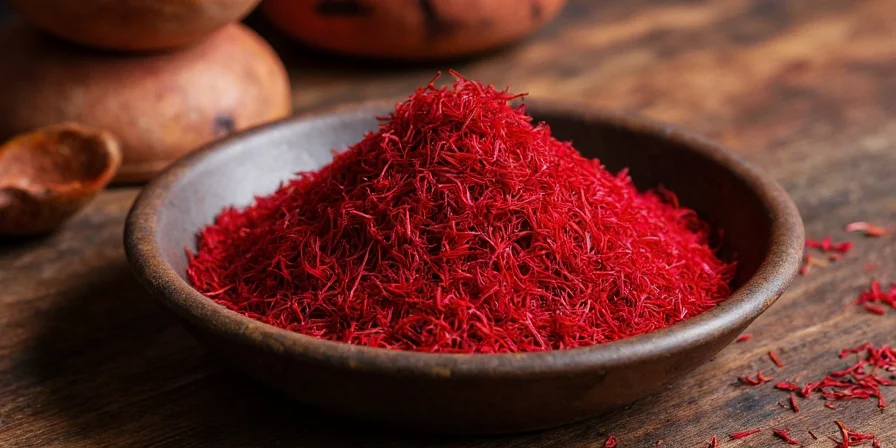
3 At-Home Tests to Spot Fake Saffron (Verified by ISO Standards)
Avoid common frauds with these lab-validated verification methods anyone can perform:
- Water test: Place 3 threads in warm water. Genuine saffron releases golden-yellow color gradually over 15 minutes. Immediate red discharge indicates artificial coloring—common in safflower substitutes.
- Smell test: Rub threads between fingers. Authentic saffron emits honey-like notes with subtle hay undertones. Musty odors suggest mold contamination; no aroma indicates aged or fake product.
- Microscopic check: Examine threads under magnification (10x). Real saffron shows trumpet-shaped endpoints with uniform red-orange color. White bases or inconsistent coloring reveal dyed substitutes.
For premium verification, request chromatography reports showing crocin/safranal ratios—Persian saffron has higher crocin (color strength), while Spanish varieties show elevated safranal (aroma). Geographic markers like 'Saffron of Torbat Heydarieh' provide certified origin tracking.
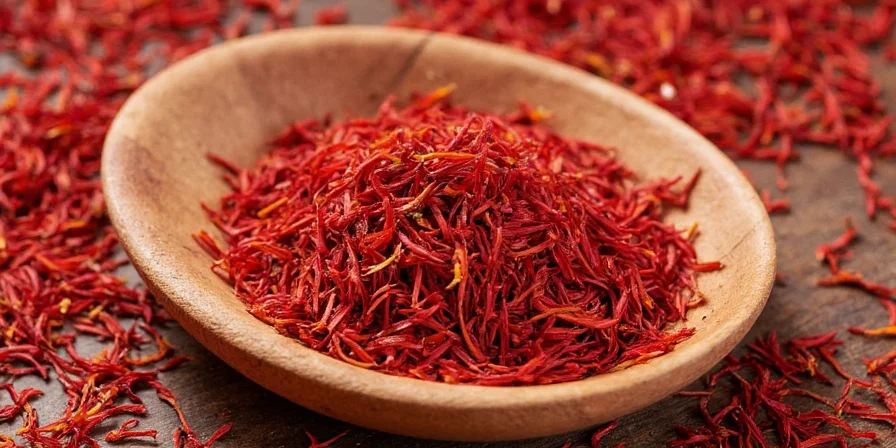
Professional Saffron Usage: Maximize Flavor, Minimize Waste
Chefs waste 80% of saffron's potential through improper preparation. Implement these evidence-based techniques:
- Precision infusion: Steep 15 threads in 2 tbsp warm (160°F/70°C) liquid for 30 minutes. Boiling water degrades safranal—reducing aroma by 60%.
- Acid activation: Add lemon juice to infusion—lowers pH, accelerating crocin release by 40% for richer color.
- Strategic timing: Add infused liquid during last 15 minutes of cooking. Early addition destroys volatile compounds.
- Thread conservation: After infusion, finely chop residual threads for garnish—retains 20% unused flavor compounds.
For rice dishes: Use 0.05g saffron per cup of uncooked rice. Exceeding this creates bitter metallic notes from excessive picrocrocin. Never use aluminum cookware—metal reacts with saffron compounds causing off-flavors.
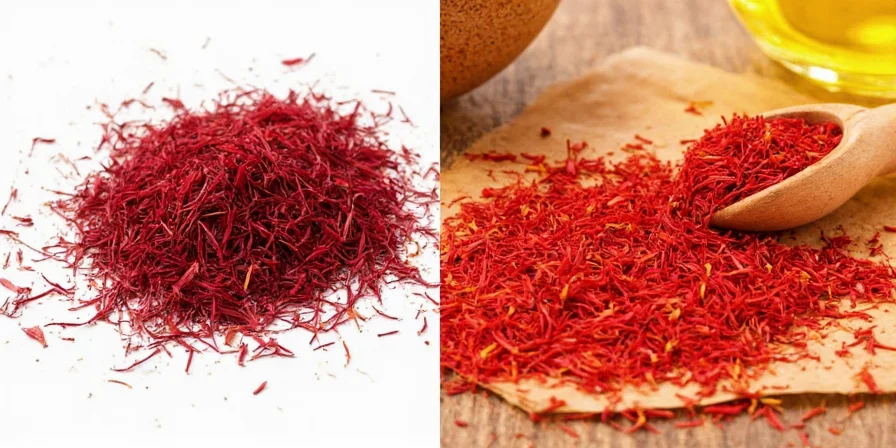
Hidden Production Challenges Driving Price Volatility
Three underreported factors make saffron prices increasingly volatile:
- Climate disruption: Crocus sativus requires precise conditions—hot dry summers followed by wet springs. Unpredictable rainfall now disrupts 30% of harvests in Iran, the world's largest producer.
- Labor crisis: In Spain and Kashmir, aging harvesters aren't replaced—shrinking the skilled workforce by 40% over 15 years. One Spanish harvest crew now costs 25% more than in 2020.
- Water competition: Saffron fields consume 50% more water during critical growth phases than olive groves, creating conflicts in drought-prone regions.
These pressures make saffron a bellwether for climate-resilient agriculture—adding strategic value beyond culinary use. Expect prices to rise 3-5% annually through 2028 based on current trends.
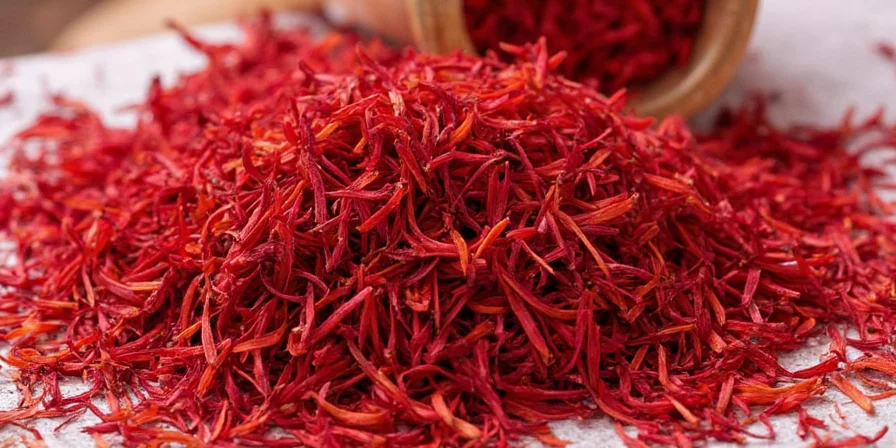
Optimal Storage & Shelf Life: Preserving 90% Potency
Saffron degrades through three pathways—light exposure, moisture, and oxygen contact. Implement these preservation protocols:
- Store in amber glass containers with oxygen-absorbing silica packets
- Maintain temperature below 15°C (59°F)—refrigeration essential in humid climates
- Never store near spices like turmeric that transfer volatile compounds
- Replace every 18 months—flavor compounds degrade by 50% beyond this point
Properly stored saffron maintains 90% potency for 18 months versus 6 months in standard spice jars. Test viability by rubbing 1-2 threads between fingers—if no honey-like aroma emerges, potency has significantly diminished.
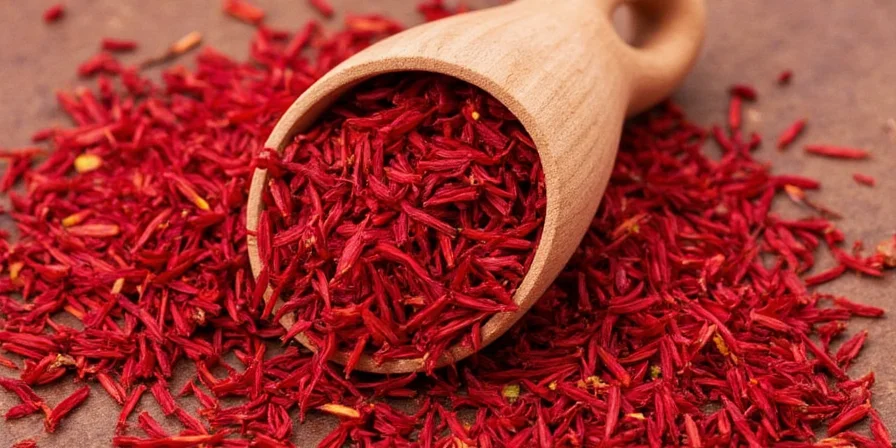
Authentic Global Dishes Using Correct Saffron Measurements
Avoid wasted investment with precise usage in signature dishes:
- Swedish Lussekatter: 0.05g per batch (15 threads) for St. Lucia's Day buns—never exceed this amount
- Persian Javaher Polo: 0.1g saffron steeped in 2 tbsp rosewater per 2 cups basmati rice
- Spanish Paella: 0.03g threads fried in olive oil before adding liquid—key for authentic flavor release
- Indian Kesari Bhath: 0.02g saffron replaces turmeric in 1 cup semolina pudding
- Moroccan Lamb Tagine: 0.07g threads with 1/4 cup preserved lemon juice per 2 lb lamb
Exceeding these measurements creates bitter metallic notes from excessive picrocrocin—the compound responsible for saffron's characteristic bitterness.
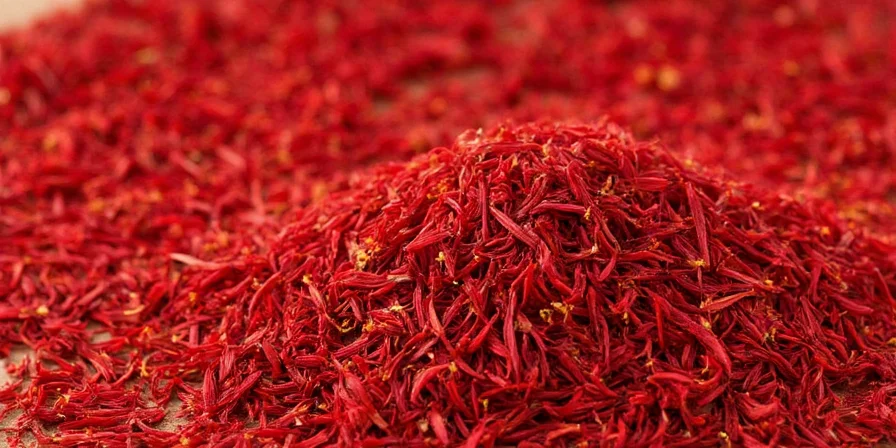
Frequently Asked Questions
Why does saffron sometimes taste metallic or bitter?
This indicates either poor-quality threads (excessive picrocrocin) or improper preparation. Always use warm—not boiling—liquid for infusion, and never exceed 20 threads per serving. Metallic notes often come from using aluminum cookware during preparation, which reacts with saffron compounds. For rice dishes, use precisely 0.05g per cup of uncooked rice to avoid bitterness.
Can saffron be grown outside traditional regions like Iran or Spain?
Yes, but with significant challenges. Trials in New Zealand and California show 30-40% lower yields due to insufficient temperature variation between seasons. Successful cultivation requires replicating the Mediterranean climate pattern—hot dry summers followed by cool wet springs—which remains difficult outside native zones. This climate limitation directly contributes to saffron's premium pricing.
How much saffron should I use per serving?
Professional chefs use precise measurements: 15 threads (0.03g) per person for risotto, 20 threads (0.04g) for paella serving four people. Exceeding 25 threads per serving creates overwhelming bitterness. For baking, reduce to 10 threads (0.02g) per recipe as oven heat intensifies flavor compounds.
Is saffron worth the premium for home cooking?
For signature dishes where it's the primary flavor driver (like risotto alla Milanese), yes—it transforms the dish. For general seasoning, substitutes like turmeric are more economical. Use saffron strategically in 3-4 signature recipes annually rather than daily cooking to maximize value. At $10/gram, one gram yields 50 servings at professional measurement standards.

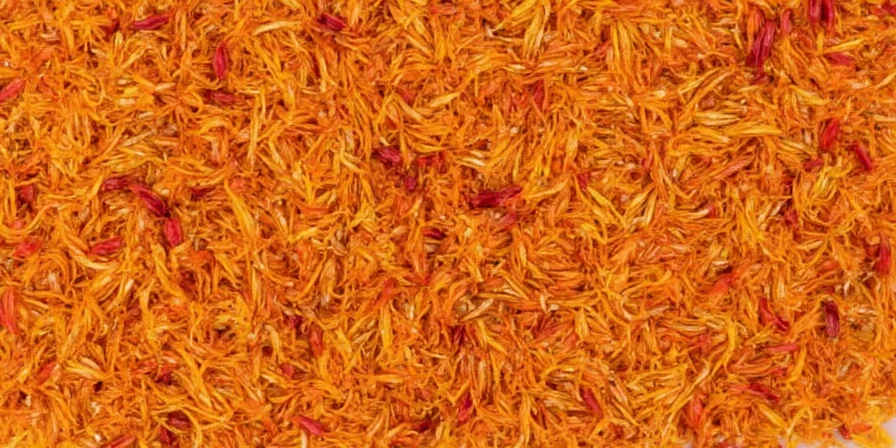









 浙公网安备
33010002000092号
浙公网安备
33010002000092号 浙B2-20120091-4
浙B2-20120091-4